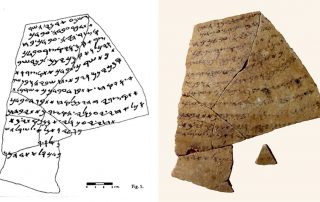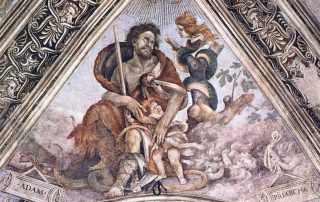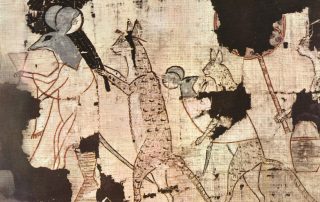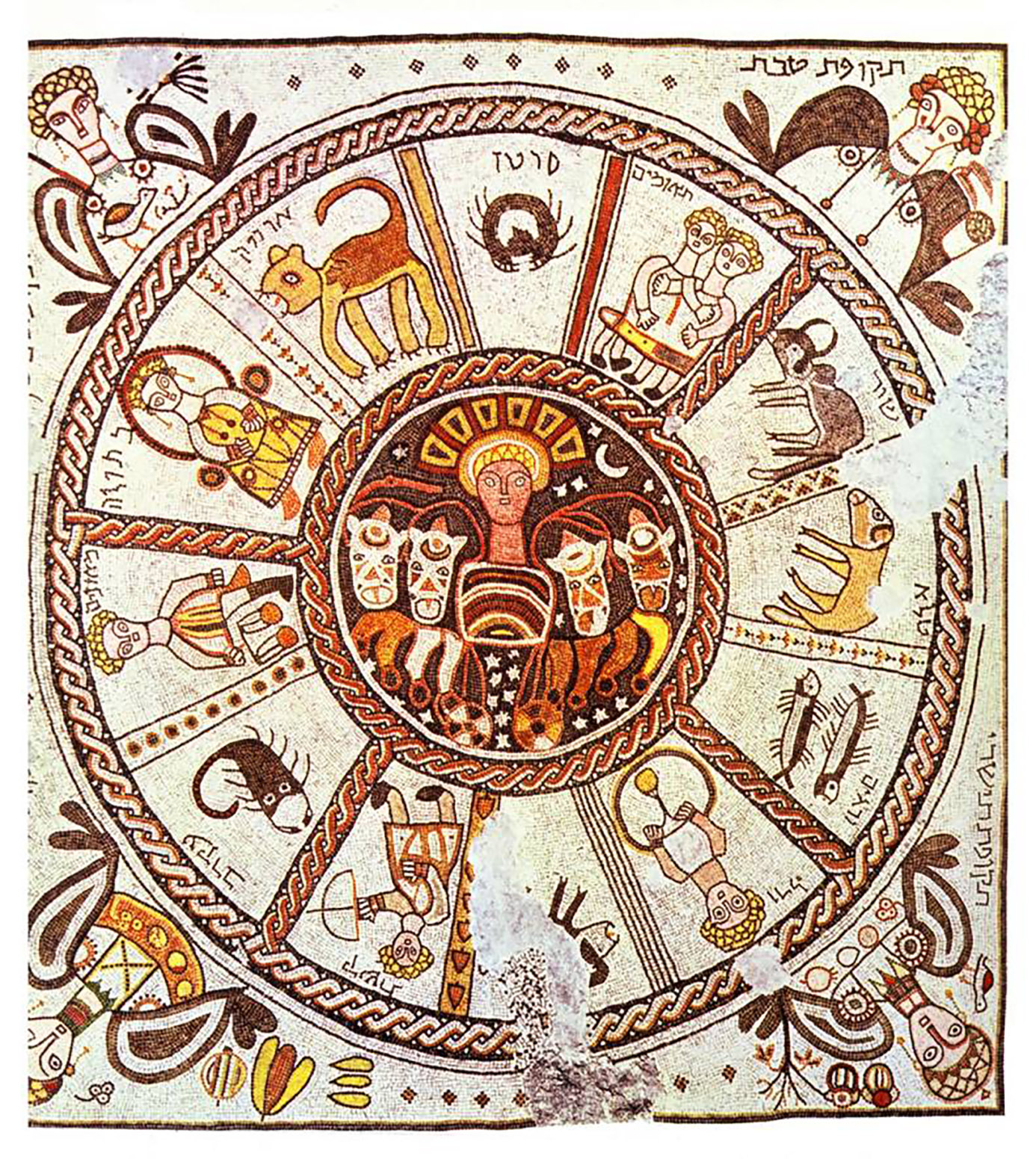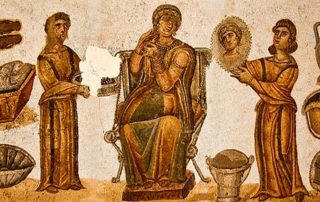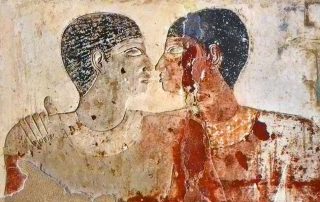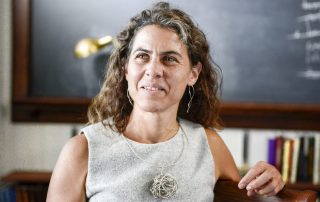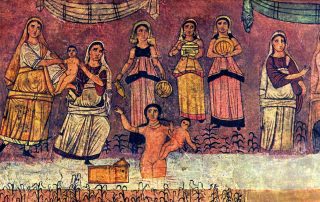What is an ostracon? How the “scrap paper of the ancient world” offers glimpses of life in biblical times
Pieces of broken pottery ("ostraca") were commonly used to write letters, receipts, and notes in the ancient world, and these fragments show how biblical writings connect to real-world concerns of the time, writes graduate fellow Corinna Nichols.

